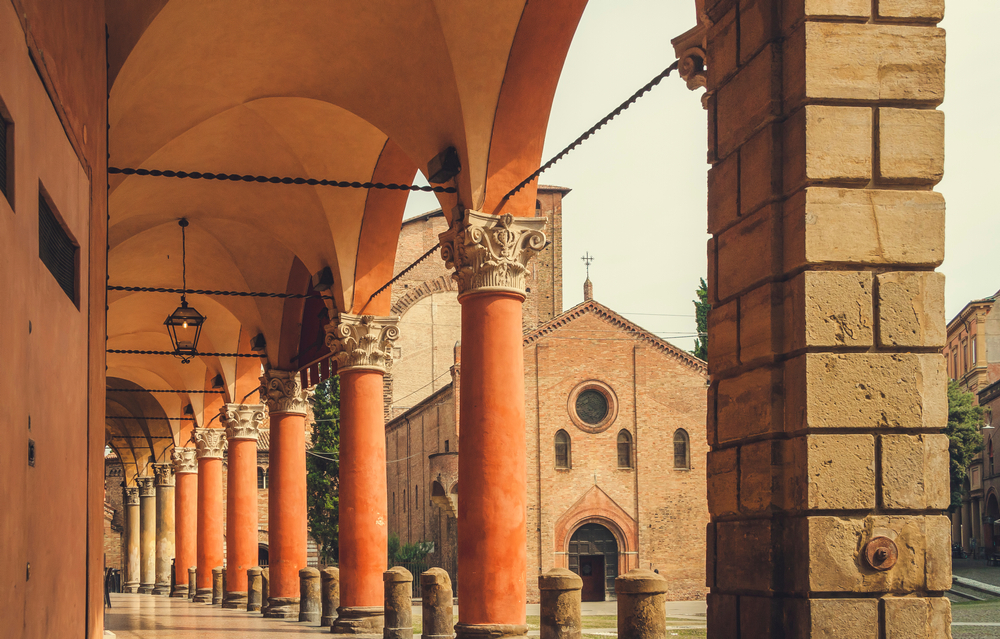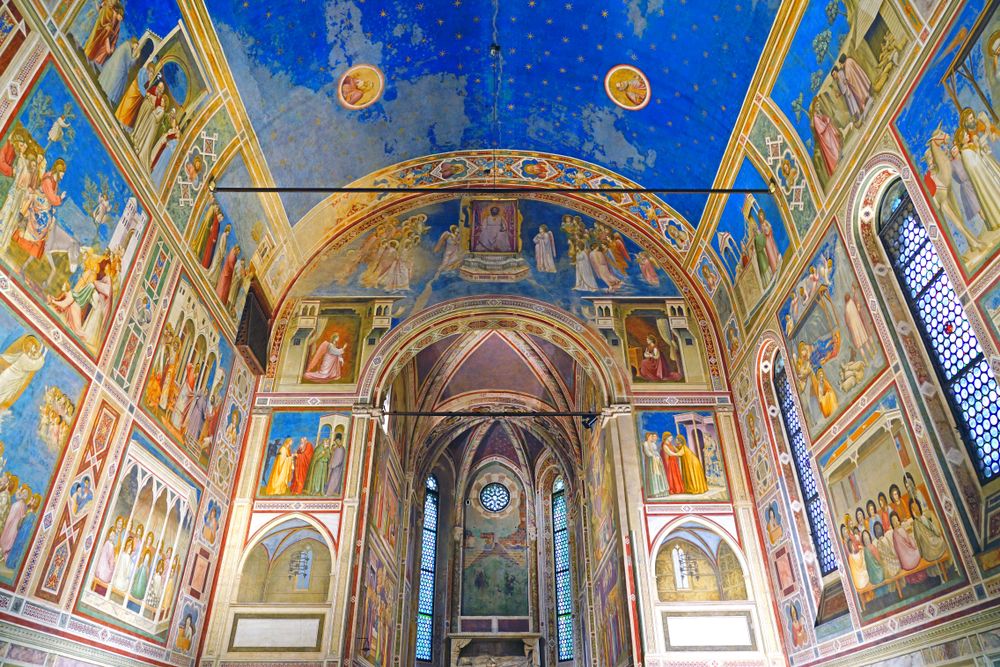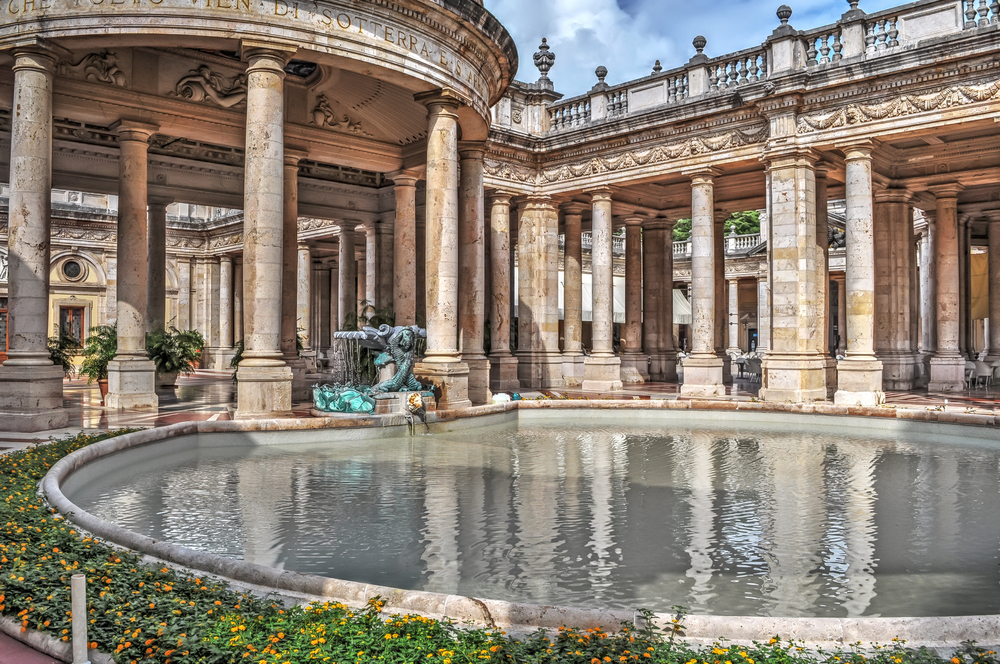New UNESCO World Heritage sites in Italy
July 2021 has been an exciting month for Italy with new additions to the list of Italian sites awarded UNESCO World Heritage status. Just over a year ago, Bookings For You compiled a list of all the UNESCO sites in Italy and at that time there were 55. Just over 12 months on and Italy now has 58 sites recognised on UNESCO’s World Heritage list, more than any other country in the world and 2 more than its previous nearest rival, China. So what are the 3 new sites that have been added?
The porticoes of Bologna

Bologna’s extensive network of porticoes that line Bologna’s streets were this week described by a UNESCO representative as an, ‘outstanding example of a building type, architectural or technological ensemble or landscape that illustrates one or more important phases in human history.’
Bologna can boast a staggering 40 km of covered porticoes to discover, built from either wood, stone, brick or concrete. With over 600 arches, the portico that leads from the city to the San Luca is the longest and most famous but there are porticoes that jut out of almost every building in the heart of Emilia Romagna’s capital city. Originally this network of arcades were intended to create additional living spaces in the Middle Ages, but you’ll now find that they’re a perfect way to avoid the rain whilst sightseeing or even to escape from the heat of the midday sun! These days they also provide accommodation for Bologna’s students, with many lodgings built on top of them to accommodate Bologna’s burgeoning population.
Find out more about what to see and do in Bologna on our Bologna travel guide.
Padua’s 14th century frescoes

This UNESCO World heritage site includes eight religious and secular building complexes within the beautiful walled city of Padua (Padova Urbs Picta), which are home to a selection of fresco cycles painted between 1302 and 1397. The works include Giotto’s Scrovegni Chapel fresco cycle, as well as frescoes by artists such as Guariento di Arpo, Giusto de’ Menabuoi, Altichiero da Zevio, Jacopo Avanzi and Jacopo da Verona. Whilst they may have been painted by a number of different artists for a number of different patrons and within a diverse set of buildings, these fresco cycles demonstrate how, over the course of a century, fresco art developed in UNESCO’s words ‘along a new creative impetus and understanding of spatial representation’.
The great Spa Towns of Europe

Another latest UNESCO World Heritage site – the Great Spa Towns of Europe – includes 11 towns in seven different European countries, one of which is Montecatini Terme in Italy. The thing that links all these towns is that they developed around natural mineral water springs and bear testament to the international European spa culture that was prevalent between the early 18th century and the 1930s.
Montecatini Terme itself is a Medieval hillside town situated between Lucca and Florence, characterised by pretty streets lined and charming piazzas. The renowned waters of the town are found at the base of the hill.
Find out more about all the UNESCO world heritage sites in Italy on our updated blog post.


